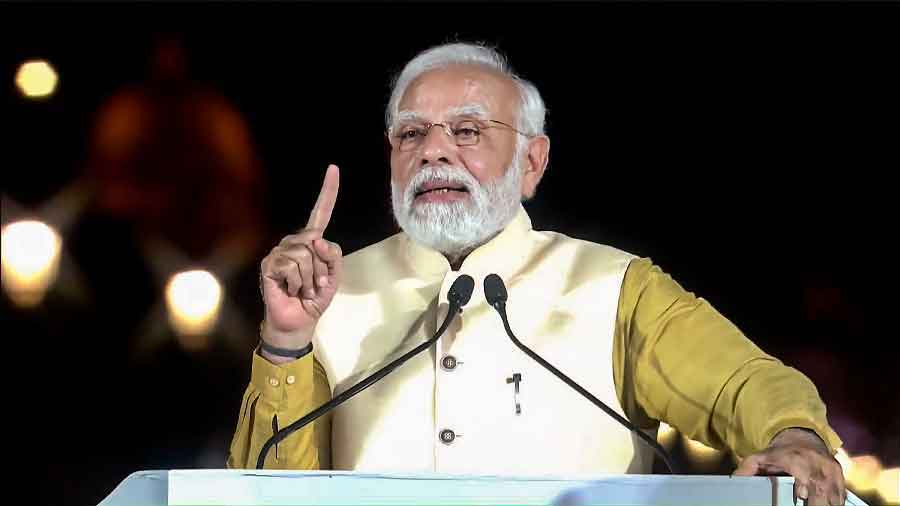One of the political fables spun by the Narendra Modi regime since its ascendancy is that 2014, the year of Mr Modi’s anointment as the leader of the nation, signified a departure from the past. The old Republic was to be made anew, keeping in mind the ideological vision of the new masters. In the last eight years, there have been numerous manifestations of this transformation. From the institutionalisation of rabid polarisation to an unprecedented assault on pluralist traditions to the renaming of public spaces associated with the Other, Mr Modi has been criticised for embarking upon an era of problematic erasure. The prime minister, characteristically, has paid no heed: the latest example of this ‘transition’ is the renaming of Rajpath as Kartvya Path. In Mr Modi’s lore, this change is the embodiment of a post-colonial nation in its true essence, a country that has — finally — shaken off the yoke of servitude. What the prime minister seems to be suggesting is that successive governments had not done enough — symbolically or otherwise — to achieve such emancipation.
Mr Modi’s narrative, typically, has more spin than substance. The christening of King’s Way as Rajpath, in fact, was an inspiring example of national pride. In terms of symbolism, Rajpath evoked the democratisation of a former colonial space: the State and its spatial avenues truly became a site of public ownership. What is curious is the ostensible motive behind Rajpath’s metamorphosis into Kartavya Path. The ideological fraternity that Mr Modi is associated with, the sangh parivar, has a notably impoverished history when it comes to the struggle for Independence. In fact, its opposition to the foundational vision of the republic is a historically documented fact. Could it be that the prime minister, acutely aware of this lacuna, that too on the 75th year of Independence, is now attempting to whitewash the history of the sangh’s inertia? There is an additional caveat. Kartavya Path, located near the seat of power, hopefully, speaks of the State’s duties to the citizens. But Mr Modi has been known to favour a different perspective on the matter. He is on record suggesting that rights of citizens are contingent upon the people fulfilling their duties. Does that mean that the chosen nomenclature for the stretch actually inverts, rather than upholds, the contract between State and people? This inversion,cynics would say, fits well with the prime minister’s vision of authoritarianism.











